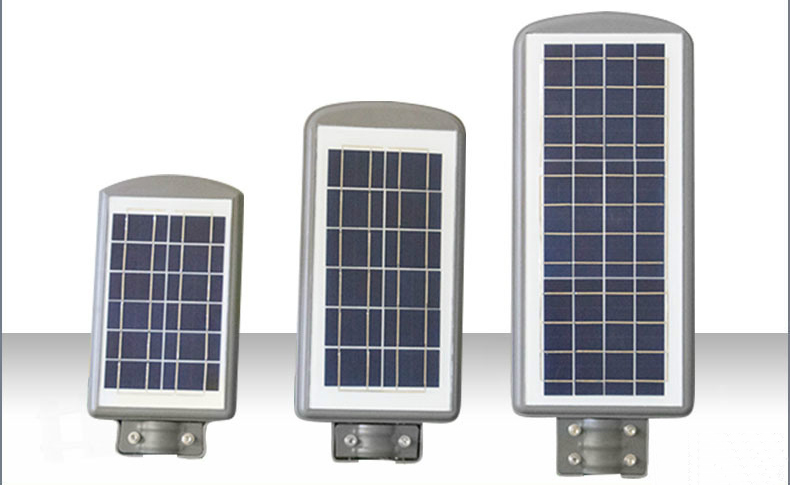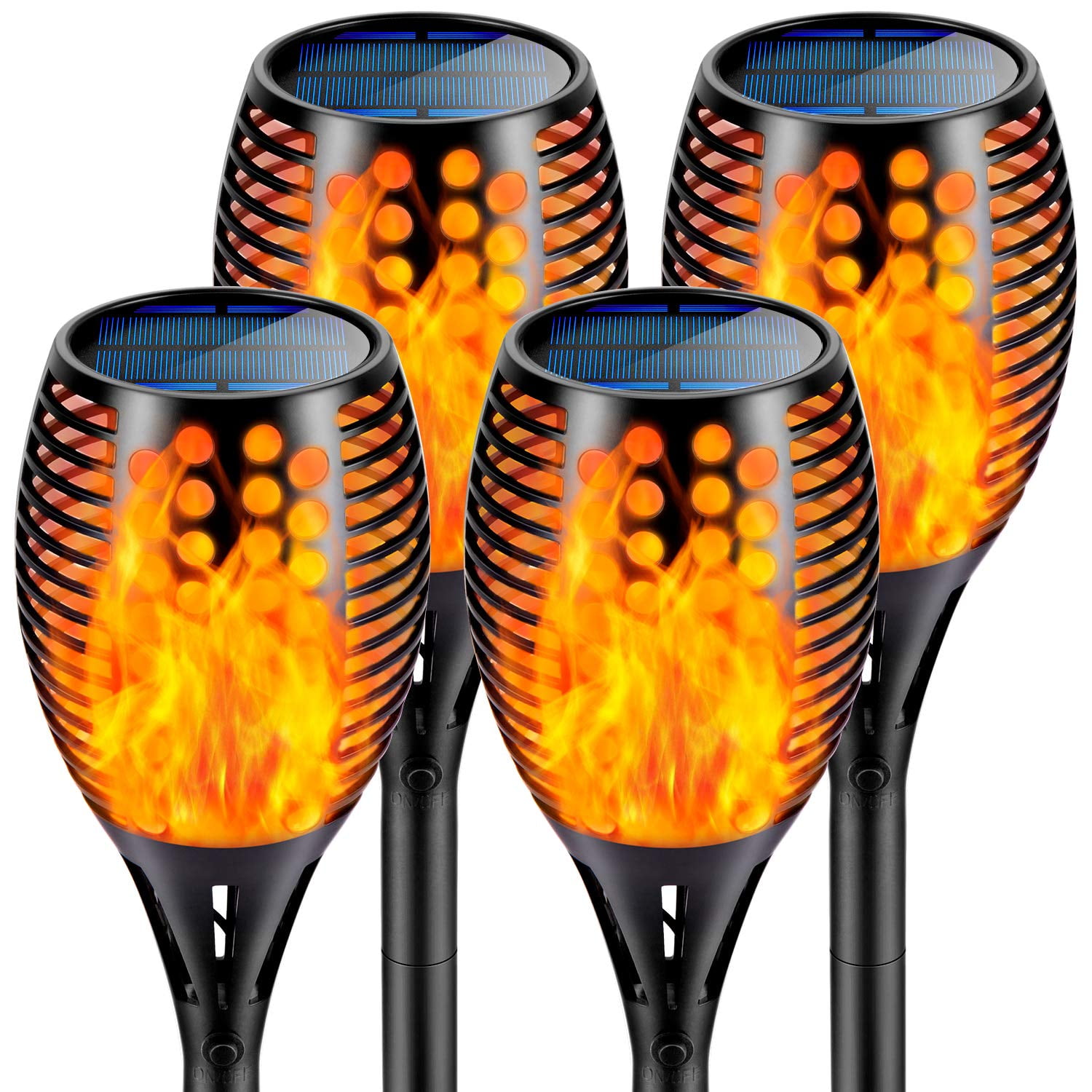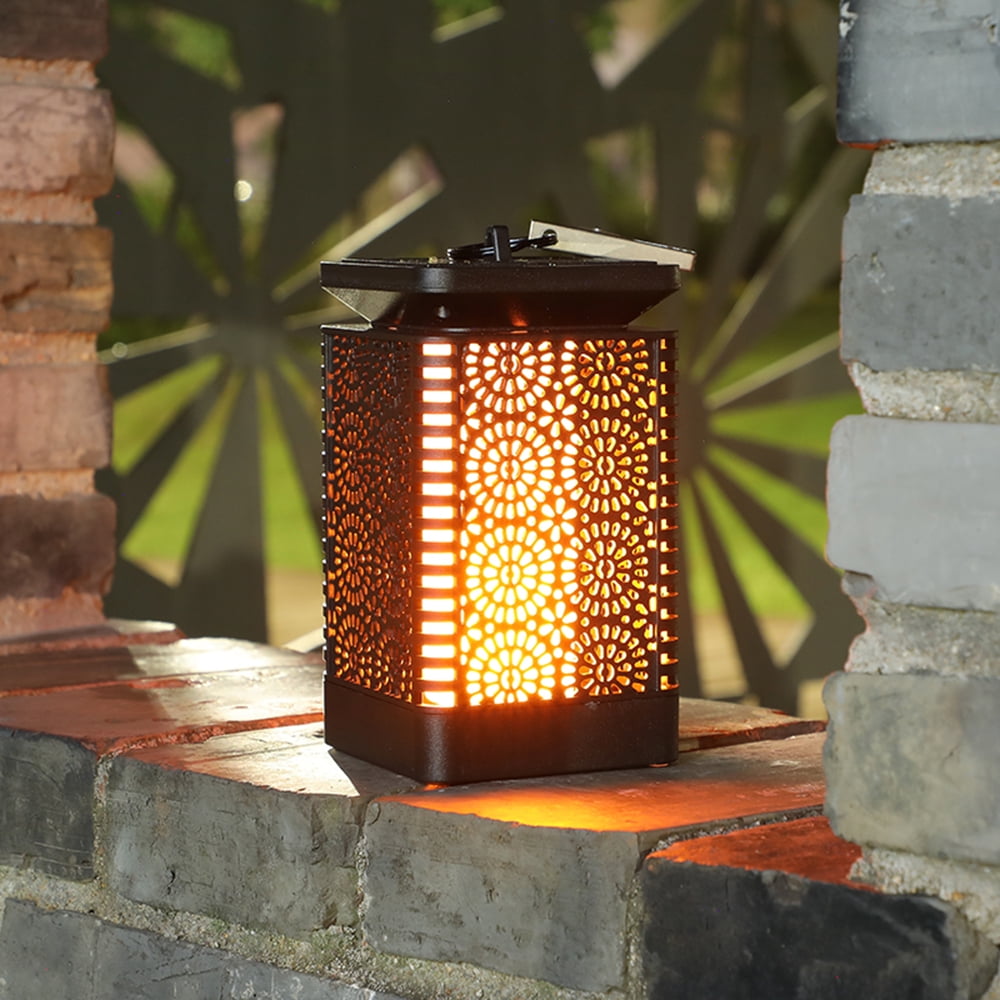
Solarcell and led tv#
According to information from the company, a QLED TV will perform fine for 7-10 years before visual degradation becomes noticeable. Samsung has only provided a likely lifespan for its QLED TVs. The lifespan of Samsung QLED TVs varies depending on how you use the TV. What is the life expectancy of a QLED TV? Samsung recommends choosing the right formats for watching videos so that the TV screen on quantum dots ages evenly.
Solarcell and led full#
To avoid this, it is recommended to vary the program and images and to use the full screen first to move the images without leaving dark bars, and not to use static images. Displaying any stationary images in excess of the above recommendations may cause uneven aging of the display panels, which may be small but persistent.
Solarcell and led how to#
Samsung QLED TV Burn-in expample How to protect Samsung QLED TVs against burn-in? Below is an example of a possible screen burnout. These recommendations are directly related to the possibility of quantum dot screen burn-in and user claims against the manufacturer. This information can be found in the Warranty section, Samsung’s U.S. Since quantum dot screens are susceptible to burn-in just like any other LED displays, Samsung has issued guidelines for viewing images on a quantum dot TV. However, you don’t have to worry about that. In fact, any LED TV is prone to burnout, so over time the image can become worse quality. But don’t get it wrong, that’s still LED screens, despite Samsung’s marketing efforts. Yes, this technology is better than a standard LED. However, don’t forget that Quantum Dots (QLED) is just an advanced LED technology.

Then, TV refracts blue color to a lower energy state to create red or green. However, blue light is the most energy-consuming color, so on QLED TV screens, the first color that’s created is a blue one. By mixing these 3 colors, we can get any other color that we can see.


Actually, typical LEDs are emitting a blue light as well, but they’re coated with yellow phosphor and that’s why they’re emitting white light.Īll of us know about the RGB spectrum, which means red, green, and blue. If in LED displays diodes are emitting white light, in QLED TVs, diodes are emitting blue light.

You should understand that image is ‘creating’ in the same way as it’s created on LCD/LED displays, but the diodes themselves are different. What is QLED/Quantum Dotįirst of all, you should understand that QLED and Quantum Dots are the same things. No matter if you’re just looking to buy a new TV or already have a TV with Quantum Dots, this article would be useful for you, as it helps to understand not only what is Quantum Dots, but also what are the best screen settings for such TVs. Of course, Quantum Dots are used only in high-end TVs, but since the technology was presented in 2015 it became much more widespread, moving down from the high-end TVs to the middle-class TVs as well. And that’s true, Quantum Dots technology makes an image on TV better, thanks to another type of backlight. Samsung claims Quantum Dots are here to make an image on your TV screen better and that’s true. Quantum Dots is a technology that was first presented in CES 2015.


 0 kommentar(er)
0 kommentar(er)
